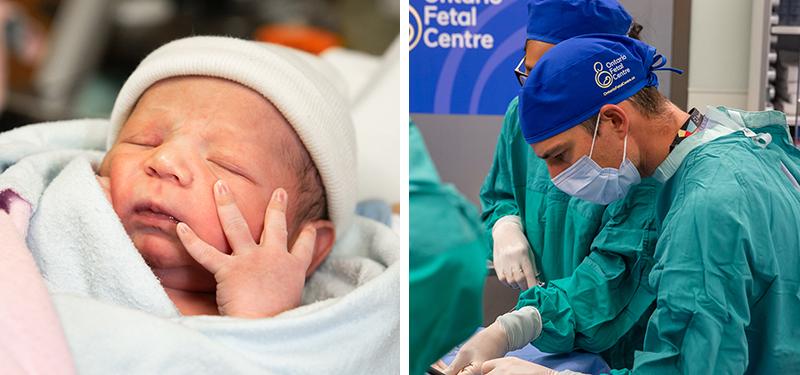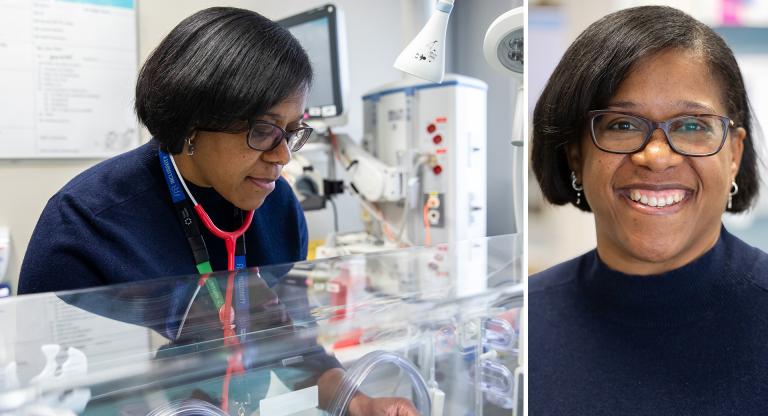Five facts about spina bifida

Each year in Canada, spina bifida affects approximately 120 to 150 fetuses. Although not life threatening, babies born with spina bifida may have varying degrees of disability depending on the location of the spinal defect.
June is Spina Bifida and Hydrocephalus Awareness month in Canada. In recognition, we’re sharing five facts to broaden awareness on this complex neurological disorder.
1. It occurs while a fetus is still inside the womb
Spina bifida is a structural defect of a baby’s central nervous system that occurs while a fetus is still inside the womb. The three most common forms of spina bifida are Myelomeningocele, Meningocele and Spina Bifida Occulta. Myelomeningocele is the most severe form of spina bifida and is a result of the spinal column failing to close early during fetal development, causing permanent damage to the baby’s spinal cord and nervous system.
2. Early diagnosis is critical to improving pregnancy care
Current ultrasound screening available during the first trimester of pregnancy can diagnose spina bifida early. In 2018, the Ontario Fetal Centre (OFC), a partnership between Mount Sinai Hospital and the Hospital for Sick Children (SickKids), established the Fetal Early Anatomy Clinic to provide advanced diagnostic assessment for high-risk pregnancies, allowing for even earlier detection of fetal abnormalities.
3. Sufficient folic acid intake during pregnancy can help reduce the risk of spina bifida
While we do not know all of the causes of spina bifida, one known contributor is lack of vitamins before birth, especially folic acid. Pregnant women can reduce the risk of having a baby with spina bifida with sufficient folic acid intake, through their diet or additional vitamin supplements. Ongoing research at the Ontario Fetal Centre is looking into whether there are other factors that play a role in not just folic acid intake, but also folic acid uptake in the gut and folic acid production in the body.
4. There is no cure for those living with spina bifida, but there are ways to manage it
Babies with Myelomeningocele may have varying degrees of disability affecting their lower limbs and their bladder or bowel function; the degree of disability depends largely on the location of the spinal defect. Many individuals living with spina bifida will require mobility supports such as leg braces, crutches or wheelchairs. Babies born with spina bifida can also develop an accumulation of fluid around the brain (called hydrocephalus), and more than 70 per cent of children with Myelomeningocele will require a shunt to be placed to relieve the pressure that builds up as a result. This shunt, must remain in place for an individual’s entire life. Although there is no cure for spina bifida, with the right medical support, many people living with this condition can lead full lives.
5. Spina bifida can be repaired in-utero
Since 2017, the OFC has been performing in-utero surgery, aimed at decreasing the adverse effects of spina bifida (such as a reduction in the need for walking aids or a wheelchair). While the timing and choice of procedure is dependent on a variety of factors, including the severity of the condition, the OFC is the only hospital in Canada to offer this complex intervention. The first in-utero procedure repaired a form of spina bifida at 25 weeks gestation. This was the first case in Canada where the mother did not have to travel to the United States for this specialized surgery.
For more information, visit: www.ontariofetalcentre.ca.












